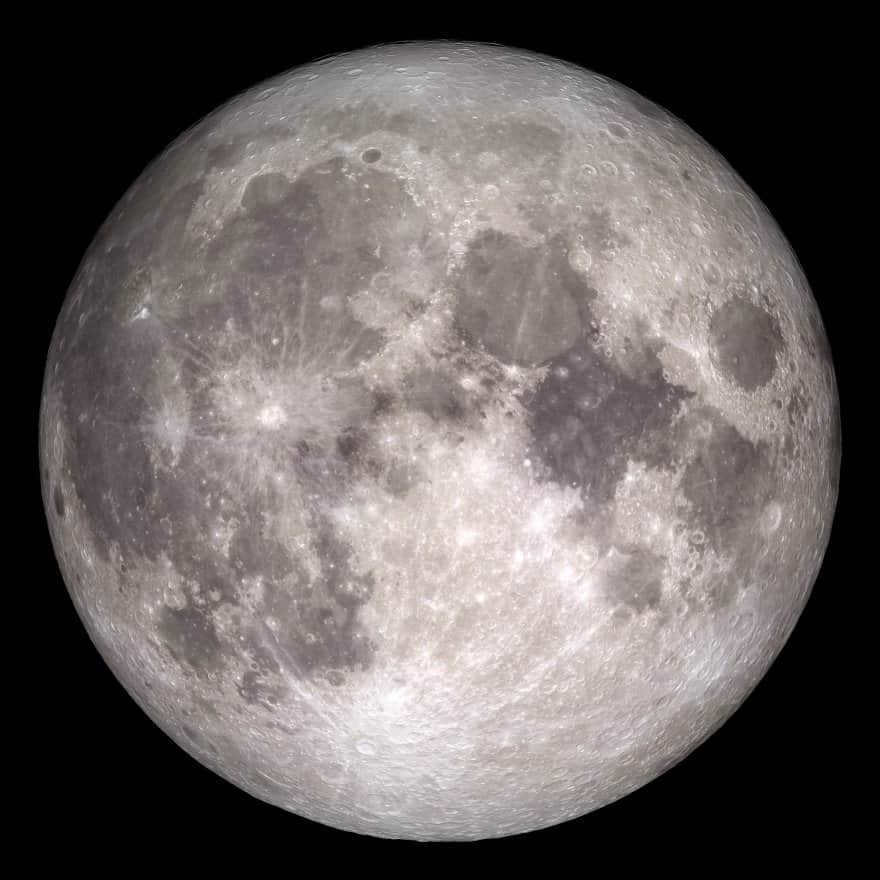
Escape the bright lights of the city on a clear night and be amazed by the stunning radiance of the moon. The moon is the Earth’s only satellite that has been in orbit around our planet for over 3.5 billion years. In other words, the Moon has been by our side since the very beginning of humanity.

Due to its luminosity and ease of observation, the satellite has been the subject of numerous myths and cultural beliefs. Some believed it to be a divine being, while others sought to harness its power for predicting events. Let’s delve into some intriguing details about the moon.
Fascinating Moon Facts
- There exist various tales surrounding the far side of the moon. In reality, both sides receive an equal amount of sunlight, but only one is visible from Earth. This is because the moon’s axial rotation perfectly aligns with its orbital rotation, resulting in one side always facing us. However, we have explored the so-called “dark side” using spacecraft.
- The Moon’s gravitational pull creates two bulges on Earth, one on the side facing the satellite and another on the opposite side, resulting in high and low tides worldwide.
- Each year, the Moon moves away from Earth by approximately 3.8 centimeters. If this trend continues, the Moon will eventually drift away in 50 billion years, orbiting the Earth for 47 days.
- Due to the Moon’s weaker gravity compared to Earth, your weight on the satellite would be approximately 1/6 less. This is why astronauts had to hop around like kangaroos to move.
- Neil Armstrong was the first person to step onto the Moon during the Apollo 11 mission in 1969, followed by Eugene Cernan in 1972. Since then, only robotic missions have been sent to the Moon.
- The Earth’s satellite, the Moon, was formed due to the gravitational force of the Earth. Astronauts have used seismographs to discover cracks and fractures several kilometers below the Moon’s surface, suggesting the presence of a molten core.
- The first spacecraft to visit the Moon was the Soviet Luna-1. It passed by the Moon at a distance of 5995 kilometers before entering into orbit around the Sun.
- The Moon has a diameter of 3475 kilometers. Although the Earth is 80 times larger than the Moon, they are believed to have formed around the same time. The prevailing theory suggests that a large object collided with the Earth during its early formation, ejecting material into space which eventually formed the Moon.
- NASA has plans to establish a colony on the lunar surface, ensuring a permanent human presence on the Moon. The project is expected to commence as early as 2019.
- This project, known as Project A119, was a classified endeavor during the Cold War. Its purpose was to demonstrate a significant advantage for one of the participating countries.
Size, Mass, and Orbit
It is important to analyze and understand the characteristics and parameters of the Moon. With a radius of 1737 km and a mass of 7.3477 x 10 22 kg, the Moon is smaller and less massive than our planet. However, when compared to other celestial bodies in the Solar System, it is still relatively large (second only to Charon). The Moon has a density index of 3.3464 g/cm 3 (second only to Io among moons) and its gravity measures 1.622 m/s 2 (equivalent to 17% of Earth’s gravity).
The Moon has an eccentricity of 0.0549 and its orbital path ranges from 356400 to 370400 km at perihelion and from 40400 to 406700 km at aphelion. It completes one orbit around the Earth in approximately 27.321582 days. Furthermore, the Moon is tidally locked, meaning that it always presents the same face to us.
Physical characteristics of Earth’s natural satellite
Composition and surface
The Moon is similar to Earth in terms of its composition and surface, as it also consists of an inner and outer core, mantle, and crust. The core of the Moon is a solid iron sphere that extends for approximately 240 kilometers. Surrounding the core is the outer core, which is made up of liquid iron and has a diameter of 300 kilometers.
Next, there is a layer that is partially molten and is about 500 kilometers thick. This layer is believed to have formed as a result of the crystallization of a global magma ocean that occurred 4.5 billion years ago. This process led to the formation of a mantle composed of magnesium and iron.
If you consult with a skilled tarot reader, they will be able to provide answers to questions such as:
What does the future hold for you? How will your relationships evolve? What is the best decision to make?

Furthermore, within the mantle, one can discover igneous rocks that contain a higher concentration of iron compared to our own. The crust stretches over a distance of 50 kilometers. Moreover, the core encompasses merely 20% of the entire entity and contains not only metallic iron but also trace amounts of sulfur and nickel. A visual representation of the Moon’s composition can be observed in the accompanying diagram.
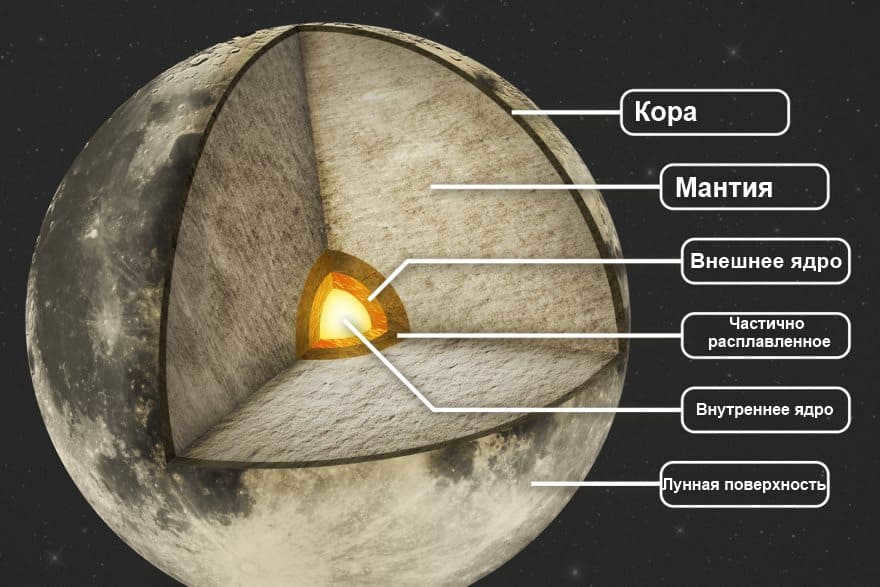
Scientists have successfully verified the existence of water on the moon, with the majority being found in polar regions within shaded crater formations and underground reservoirs. It is believed that this water is a result of the moon’s interaction with the solar wind.
The geology of the moon differs greatly from that of Earth. Due to its lack of a dense atmosphere, there is no weathering or wind erosion. Additionally, its small size and low gravity contribute to rapid cooling and a lack of tectonic activity. This is evident through the abundance of craters and volcanoes, as well as the presence of ridges, wrinkles, highlands, and depressions throughout the moon’s surface.
The most noticeable aspect is the distinction between the illuminated regions and the shadowy regions. The illuminated regions are referred to as lunar uplands, whereas the shadowy regions are known as seas. The elevated areas were created by volcanic rocks composed of feldspar and small amounts of magnesium, pyroxene, iron, olivine, magnetite, and ilmenite.
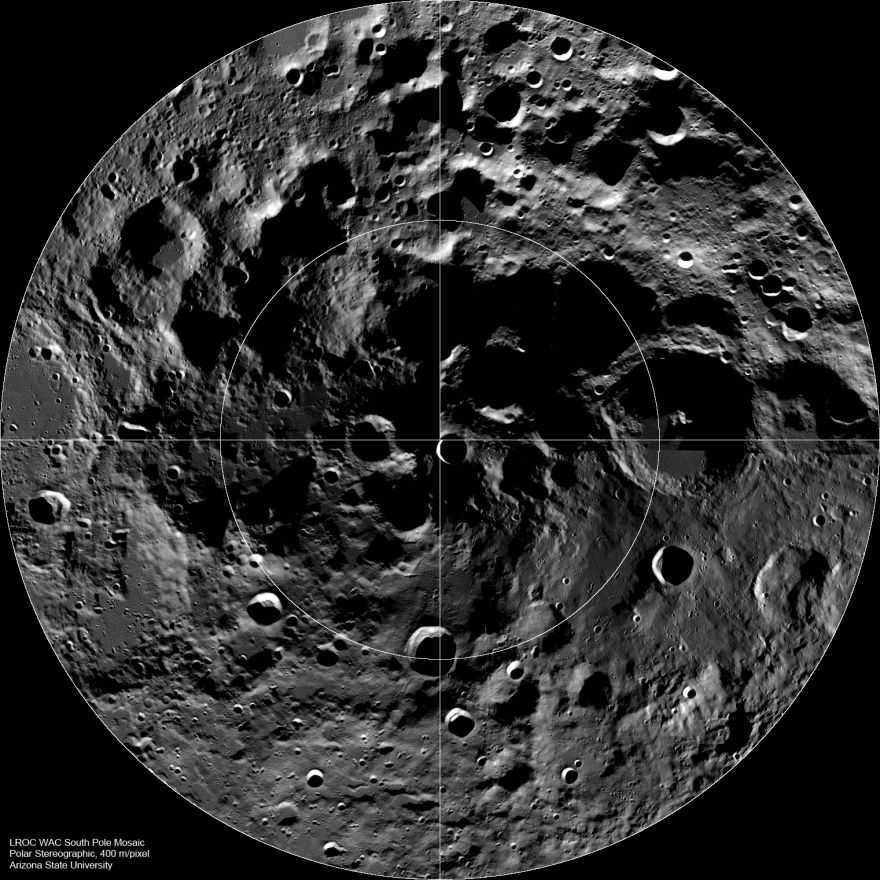

The lunar South Pole area was surveyed by the LROC camera, covering a distance of 600 km
The lowlands often coincide with the basaltic rock that underlies the lunar seas. Notable features are the canals, which can have arc-shaped or linear formations. These canals are actually lava tubes that have cooled and collapsed over time since the volcanic activity ceased.
One interesting characteristic is the presence of moon domes, which are formed by the eruption of lava through vents. These domes have gentle slopes and a diameter ranging from 8 to 12 km. Wrinkles have formed due to the compression of tectonic plates, with most of them being located on the lunar seas.
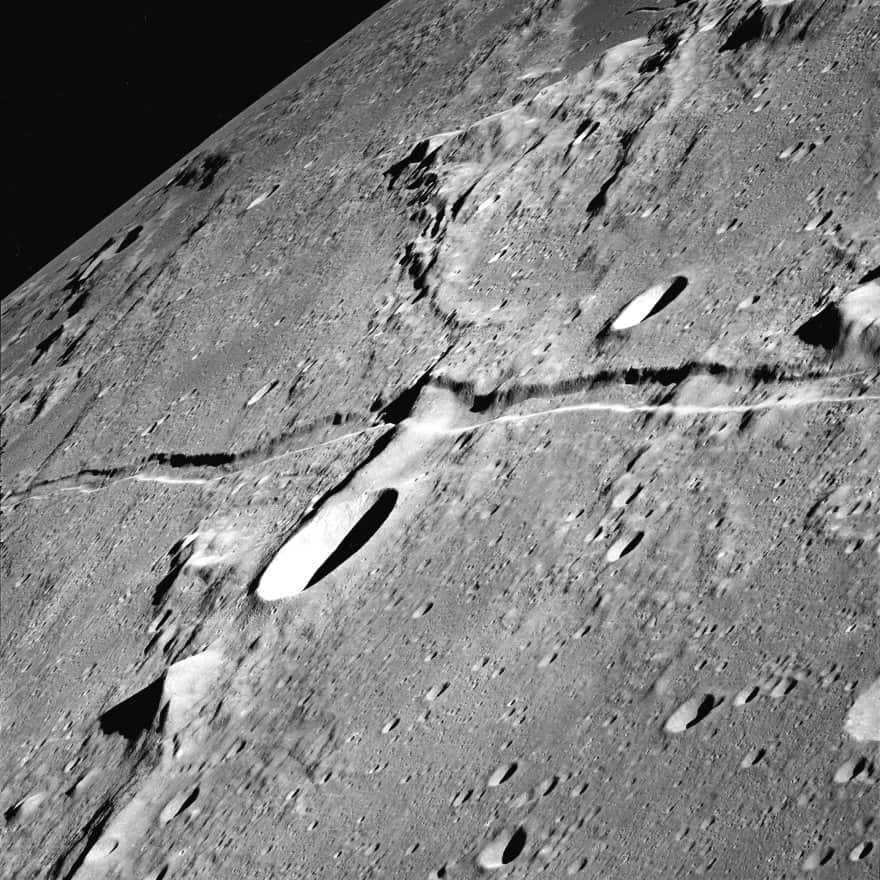
Ariadeus furrow, which was captured by the Apollo 10 mission, can be seen in this stunning image. The upper right area is home to half of the Boscovich crater.
One of the most fascinating aspects of our moon is the presence of impact craters, which are formed when large space rocks collide with its surface. The tremendous kinetic energy released during these collisions creates a shock wave that causes a depression, leading to the ejection of a significant amount of material.
These craters vary in size, ranging from small pits to massive ones measuring up to 2500 km in diameter and 13 km in depth (like the Aitken crater). The largest craters formed during the early history of the moon and have since gradually decreased in size. It is estimated that there are approximately 300,000 depressions with a width of 1 km each.
If you have questions about your future, your relationships, or the right decisions to make, consult a skilled tarot reader who can provide you with insightful answers.

Furthermore, the lunar ground is fascinating. It originated from the collision of asteroids and comets billions of years ago. Rocks disintegrated into tiny particles that blanketed the entire expanse.
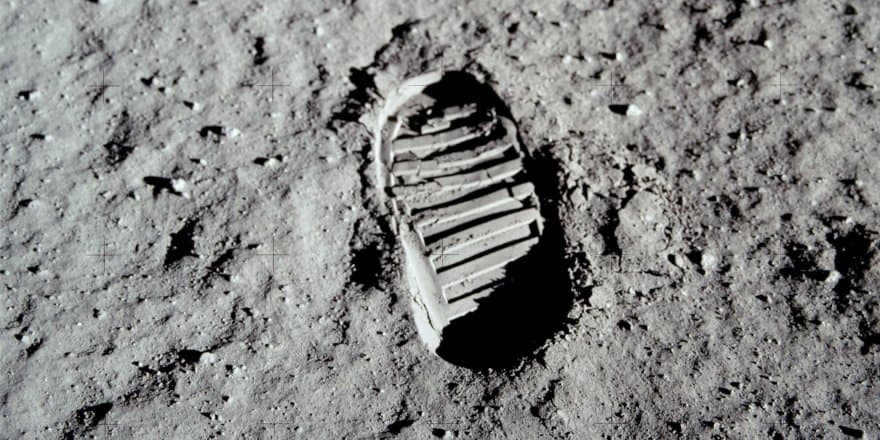

A depiction of the iconic boot imprint left behind by the Apollo 11 astronauts
The composition of the regolith varies depending on its location. The mountains contain a significant amount of aluminum and silicon dioxide, while the seas are rich in iron and magnesium. The geological characteristics of the moon were studied through both telescopic observations and the analysis of collected samples.
Atmosphere
The Moon possesses a tenuous exosphere, resulting in significant temperature variations ranging from -153°C to 107°C. Research indicates the existence of helium, neon, and argon. Helium and neon are produced by solar winds, whereas argon is formed through the decay of potassium. Additionally, there are indications of frozen water deposits within the lunar craters.
There are multiple theories regarding the origin of the Moon. Some suggest that it is a result of Earth’s gravitational force, which attracted a pre-existing satellite that formed alongside the Earth in the solar accretion disk. This satellite is estimated to be around 4.4 to 4.5 billion years old.
The primary theory, however, revolves around the concept of an impact. It is believed that a massive object, known as Teia, collided with the early Earth approximately 4.5 billion years ago. The ejected material from this impact then began to orbit the Earth and eventually formed the Moon. This theory is supported by computer models and further confirmed by the isotopic compositions of the Moon, which closely resemble those of Earth.
The Connection to the Earth
The Earth’s connection to the Moon is a fascinating phenomenon. The Moon completes its orbit around the Earth in approximately 27.3 days, known as the sidereal period. However, both the Earth and the Moon also orbit the Sun simultaneously, resulting in the Moon taking approximately 29.5 days per phase in relation to the Earth’s position.
This connection has a significant impact on our planet, particularly through tidal effects. We can observe this when the sea level rises, known as high tide. The Earth’s rotation is approximately 27 times faster than the lunar rotation, which influences the strength of ocean tides. These tides are further amplified by factors such as the frictional coupling of water to the Earth’s rotation through the ocean floors, water inertia, and the wobbling basins.
The connection between the Earth and the Moon also has long-term effects. The angular momentum of the Moon’s orbit accelerates its movement and gradually lifts the satellite higher with a longer period. As a result, the distance between the Earth and the Moon is increasing over time, while the Earth’s rotation is gradually slowing down. In fact, the Moon is moving away from us at a rate of approximately 38 millimeters per year.
Ultimately, in the distant future, we will experience a shared tidal lock, much like the situation between Pluto and Charon. However, this process would require billions of years to occur. Alternatively, it is more probable that the Sun will eventually expand into a red giant and engulf our planet.
On the lunar surface, tides are also observed, with an amplitude of 10 cm over a span of 27 days. These lunar tides result from the cumulative stress exerted on the Moon. Additionally, lunar tides last for an hour longer due to the absence of water to dampen the vibrations.
Another remarkable phenomenon to consider is an eclipse. This occurs when the Sun, a satellite, and our planet align in a straight line. A lunar eclipse takes place when the full Moon appears behind the Earth’s shadow, while a solar eclipse occurs when the Moon is positioned between a star and the planet. During a total eclipse, the solar corona can be observed.
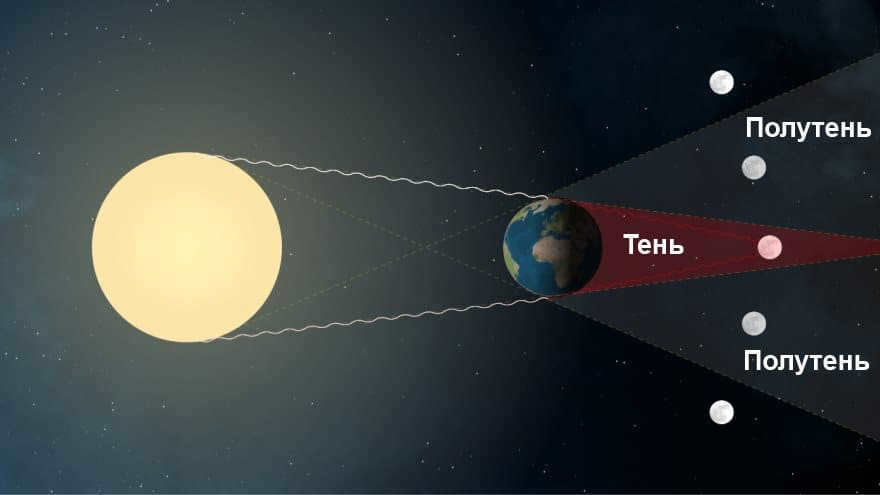
Illustration depicting a complete lunar eclipse
Lunar eclipses occur at specific intervals due to the inclination of the Moon’s orbit, which is tilted at an angle of 5 degrees relative to the Earth’s orbit. For an eclipse to happen, the Moon must be positioned near the intersection point of the two orbital planes. This cycle repeats approximately every 18 years.
What does the history of lunar exploration look like? The moon has always been a visible and fascinating object in the sky, even for prehistoric people. In fact, the earliest records of lunar cycles date back to the 5th century B.C., when Babylonian scientists observed an 18-year cycle.
In ancient Greece, Anaxagoras had an interesting theory about the moon. He believed that the moon and the sun were large spherical rocks that reflected sunlight. Aristotle, on the other hand, thought that the moon was the boundary between the different spheres of the elements.
In the 2nd century B.C., Seleucus made a connection between the tides and the moon. He believed that the height of the tides depended on the moon’s position relative to the stars. Aristarchus was the first to estimate the distance from Earth to the moon and its size, and his findings were later refined by Ptolemy.
In the 4th century B.C., the Chinese people were already able to predict lunar eclipses. They had knowledge of the moon reflecting sunlight and being in a spherical shape. Alhazen proposed that the sun’s rays are not reflected, but rather emitted in all directions from different points on the moon.
Before the invention of the telescope, it was widely believed that the moon was a smooth and spherical object. However, in 1609, Galileo Galilei made the first sketch that showed craters and mountains on the moon. These observations, along with others, contributed to the advancement of Copernicus’ heliocentric theory.
The invention of telescopes revolutionized the exploration of celestial bodies, enabling scientists to observe and document intricate surface characteristics. Notably, various surface formations such as craters, mountains, valleys, and seas were designated with names honoring renowned individuals from the fields of science, art, and other notable figures. In the early years, it was widely believed that all craters were the result of volcanic activity. However, it was not until the 1870s when Richard Proctor proposed the intriguing possibility that these formations could actually be the aftermath of impact events.
Research
The era of space exploration brought about a more in-depth examination of the moon, our celestial neighbor. The intense rivalry during the Cold War between the USSR and the USA served as a catalyst for rapid technological advancements, with the moon emerging as the primary subject of study. The journey began with the launch of unmanned spacecraft and culminated in manned missions.
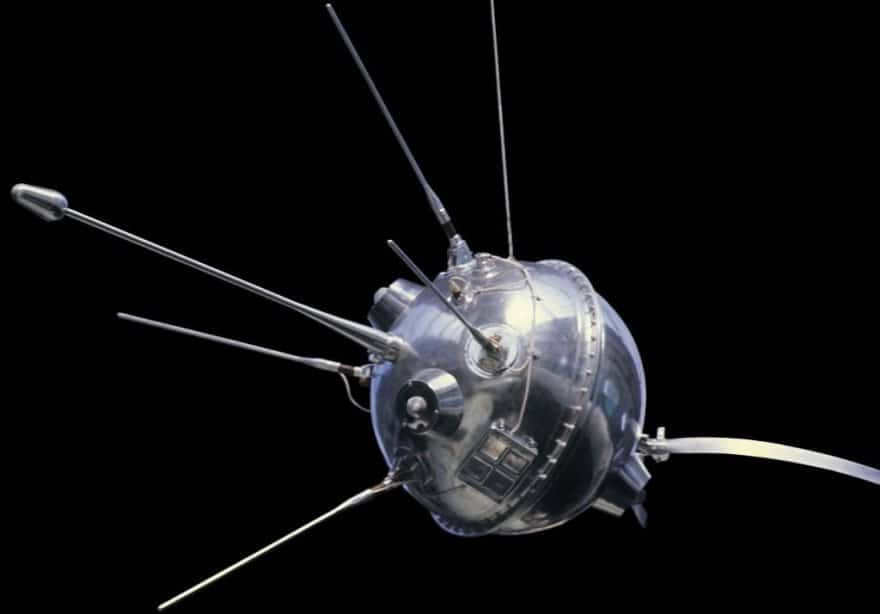
The Luna-1 space probe, part of the Soviet space program, was launched in 1958. The program, known as “Luna,” initially faced setbacks with the first three probes crashing on the surface. However, a year later, the country achieved success by delivering 15 vehicles and obtaining the first data, including gravity information and images of the surface. Subsequent missions, such as 16, 20, and 24, also successfully collected samples.
Among the innovative models in the program were Luna-17 and Luna-21. However, the Soviet program eventually closed, and the probes were limited to surface imaging capabilities.
If you are seeking answers about your future, relationships, or the right decision to make, consult an experienced tarotologist.

The 60s saw the launch of NASA’s probes. During the years 1961-1965, the Ranger program was in full swing, creating a detailed map of the lunar landscape. Following that, rovers were successfully landed on the moon between 1966 and 1968.
Then, in 1969, a true marvel occurred when astronaut Neil Armstrong from the Apollo 11 mission took the historic first step on the moon’s surface, becoming the first human to do so. This incredible moment marked the pinnacle of the Apollo mission, originally designed for manned spaceflight.
The Apollo 11-17 missions had a total of 13 astronauts, who managed to collect a remarkable 380 kilograms of lunar rock samples. Additionally, the astronauts were involved in various scientific research activities. Following this period, there was a significant lull in lunar exploration until 1990, when Japan became the third country to successfully place its probe into lunar orbit.
The U.S. dispatched the Clementine vessel in 1994 for the purpose of creating a comprehensive topographic map. Four years later, the expedition successfully uncovered ice formations within the craters.
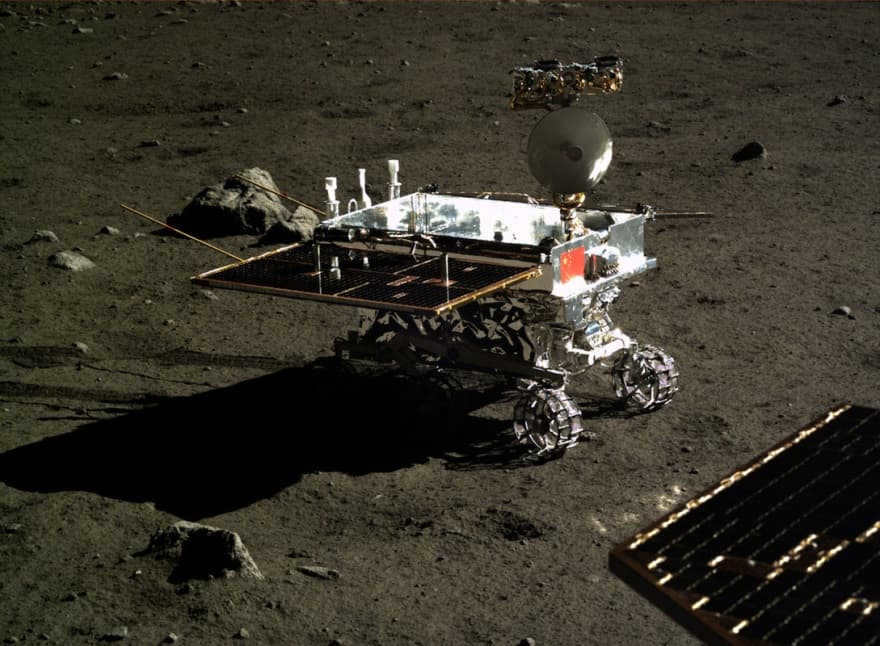
The landing site of Chane-3 and the lunar surface
In the year 2000, numerous countries expressed their interest in exploring the moon. The European Space Agency (ESA) dispatched the SMART-1 spacecraft, which conducted a thorough analysis of the chemical composition in 2004. China initiated the Chan’e program and successfully sent its first probe to the moon in 2007, where it remained in orbit for 16 months. The second spacecraft even managed to capture the arrival of asteroid 4179 Tutatis in December 2012. In 2013, Chane-3 successfully deployed a rover onto the lunar surface.
In 2009, the Japanese probe Kaguya entered lunar orbit, conducting studies on the moon’s geophysics and capturing two complete video views. From 2008 to 2009, India’s ISRO Chandrayaan mission also orbited the moon, creating high-resolution maps of the moon’s chemical, mineralogical, and photogeological features.
The agreement among the nations stipulates that the satellite shall be a shared asset, thus permitting all nations to embark on missions there. China is actively making preparations for a colonization venture and is presently conducting trials of its prototypes on individuals who are confined within specialized enclosures for extended periods. America, too, is not falling behind as it is also determined to establish a human presence on the Moon.
Explore the resources available on our website to discover stunning, high-resolution photographs of the Moon. Take advantage of the useful links provided to gather a wealth of information about this celestial satellite. Simply visit the relevant sections to stay up to date with the latest updates on the Moon. If you don’t have access to a telescope or binoculars, you can still observe the Moon in real-time through an online telescope. The image is continuously refreshed, offering a captivating view of the Moon’s cratered surface. Our website also offers tracking of the Moon’s phases and its orbital position. Additionally, we provide an interactive and captivating 3D model of the Moon, the solar system, and all other celestial bodies. To further enhance your understanding, we have included a detailed map of the lunar surface below.
Map of the Surface
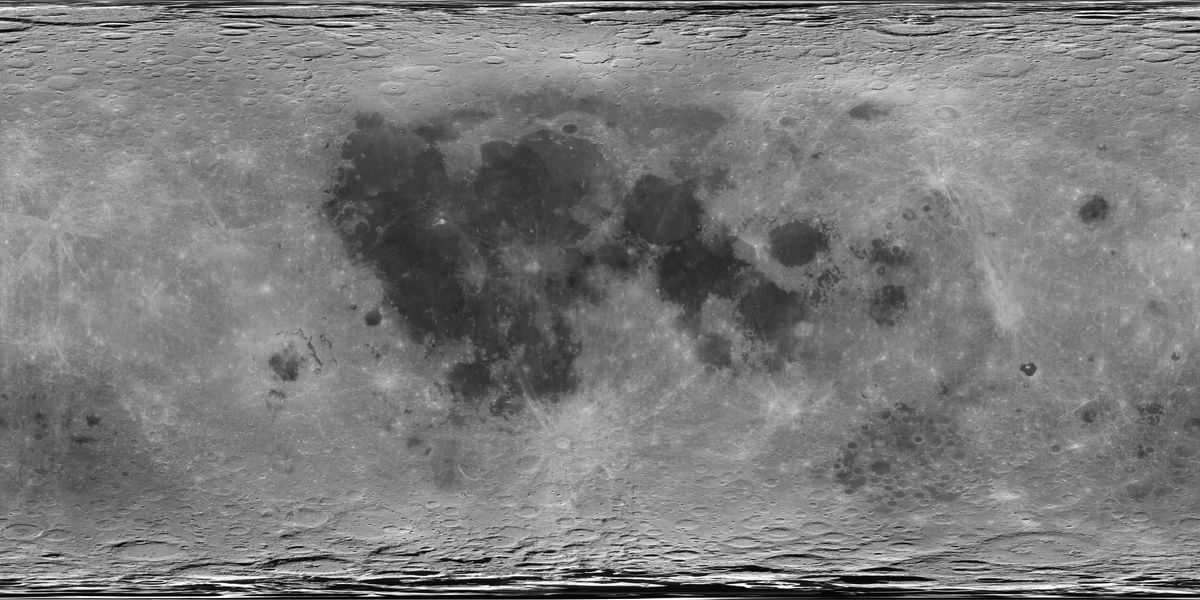
Click on the image to enlarge it
- Interesting facts about Earth’s natural satellite;
- What exactly is the Moon?
- The process of lunar formation;
- How did the Moon come into existence?
- Creating a base on the Moon: Part 1
- Developing a lunar outpost: Part 2
- Constructing a moon base: Part 3
- Establishing a moon colony: Part 4
- Is it possible to destroy the moon?
- Evidence proving the authenticity of the lunar landing;
- Is the Moon essential for our survival?
- Opportunities for lunar resource exploitation;
- How did NASA document the departure of astronauts from the Moon?
- Which is a better destination: Mars or the Moon?
- Shouldn’t we consider returning to the Moon?
- The Moon’s position and movement
- The Moon’s orbit
- The relationship between the Sun and the Moon
- Why doesn’t the Sun consume the Moon?
- The different phases of the Moon
- What is a concave Moon?
- Why does the Moon appear so large?
- Why is the Moon drifting away from us?
- Why can we see the Sun and the Moon simultaneously?
- How long does it take to reach the Moon?
- The distance between Earth and the Moon
- The Moon’s rotation
- The far side of the Moon
- Earth’s secondary satellite is moving away from us
- The Moon’s surface
- Possibility of water on the Moon
- Newly formed craters on the Moon
- The process of crater formation on the Moon
- Lava tubes on the Moon
- The initial individuals to set foot on the lunar surface were astronauts from the Apollo missions.
- How many individuals had the chance to walk on the Moon?
- What lies beyond the hidden side of the Moon?
- Remnants of NASA’s past equipment can be observed on the Moon’s surface.
- The concept of transforming the Moon into a habitable environment has been contemplated.
- The Moon’s toxicity level is a subject of interest.
- The Moon lacks a substantial atmosphere.
- The Moon’s gravitational force is significantly lower compared to Earth.
- The Moon is estimated to be billions of years old.
- The Moon experiences extreme temperature variations.
- Why does the Moon emit light?
- What is the origin of the “man on the moon” phenomenon?
- Why are there no bodies of water on the far side of the Moon?
- The Moon’s color is predominantly gray.
- The Sea of Tranquility is a prominent feature on the Moon’s surface.
The Moon serves as the sole natural satellite orbiting our planet. Spanning a distance of 384,467 km between their centers, the celestial bodies exhibit striking dissimilarities in temperature and surface conditions, despite their close proximity to the Sun.
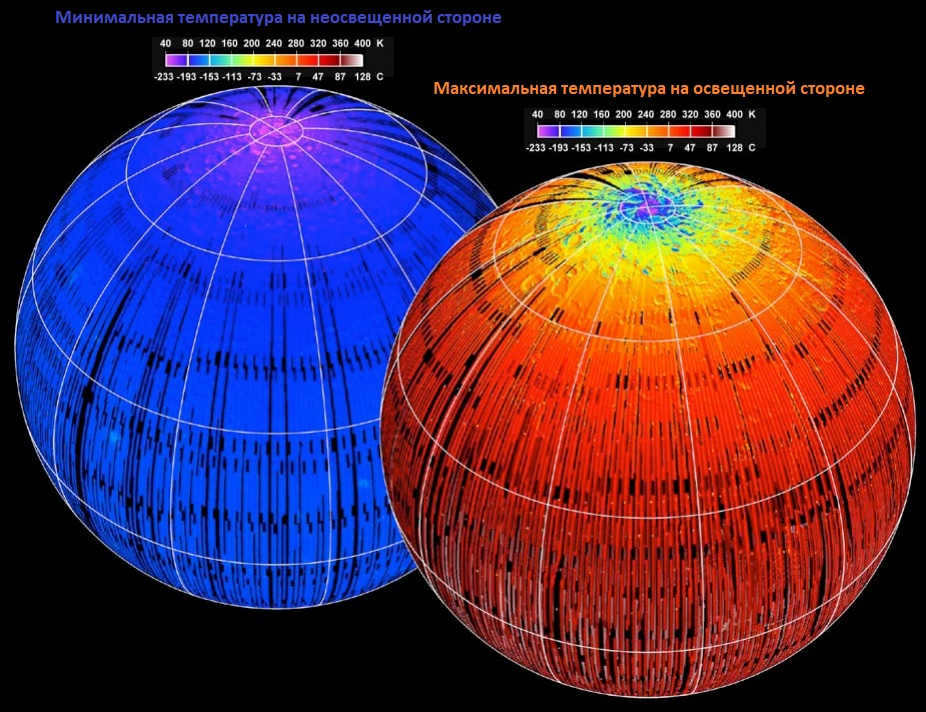
The temperature variation on the surface of the Moon
The Moon completes one revolution around its axis in approximately 27 Earth days, resulting in day and night periods lasting 13.5 days each for both sides of the Moon. The temperature conditions on the Moon are considered to be one of the most extreme in the entire Solar System. The temperature on the surface ranges from -173 °C on the dark side to +127 °C on the illuminated side. The daily temperature fluctuation on the Moon is around 300 °C. At a depth of 1 meter, the temperature of the lunar rock remains constant at -35 °C.
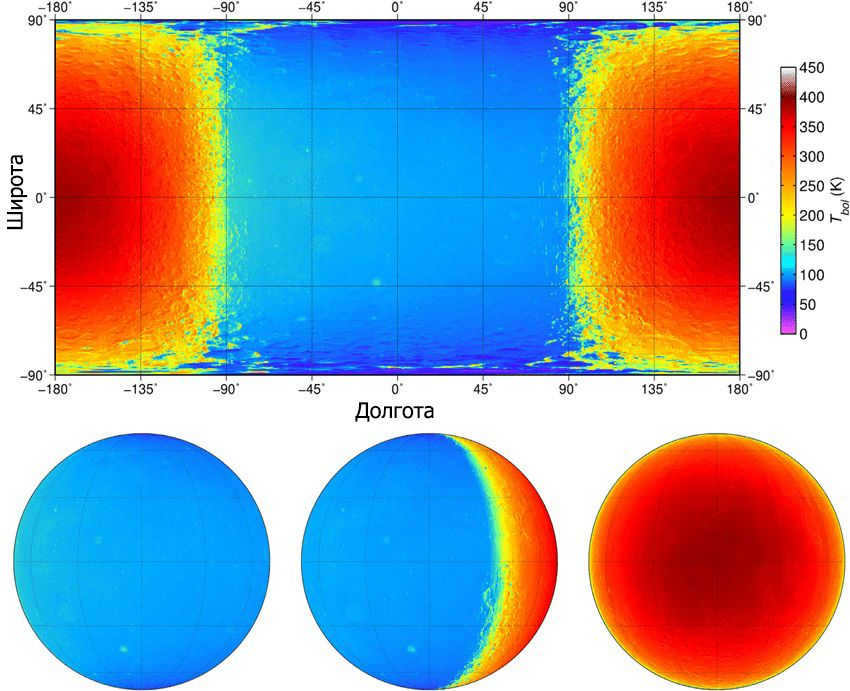
The poles are where the Moon experiences its coldest temperatures. The Moon does not have seasons like Earth does, as its axis only has a tilt of 1.54 degrees. This means that no sunlight reaches the bottom of the pole craters. The lowest temperature recorded on the Moon’s surface is -249 degrees Celsius. During solar eclipses, the temperature on the side that is illuminated can drop significantly, by around 250-300 degrees Celsius. However, once the eclipse is over, the temperature quickly returns to normal levels.
Temperature at the Moon’s Core
The core of the Moon is made up of two components: a central iron sphere measuring 240 kilometers in diameter, and a layer of liquid iron that extends 300 kilometers above it. The central region of the core reaches temperatures as high as +1425°C. This intense heat is sustained by the radioactive emissions from within, which also keep the surrounding mantle of magnesium and iron in a molten state.
The surface temperature of the Moon was assessed using infrared sensors located on interplanetary stations orbiting near the lunar region.
The investigation of the Moon’s temperature during the beginning of September 2012 marked a significant milestone. NASA’s LRO probe, equipped with the Diviner lightweight radar, detected a temperature of -238 °C in the crater located at the Moon’s south pole, and -247 °C in the crater at the north pole.
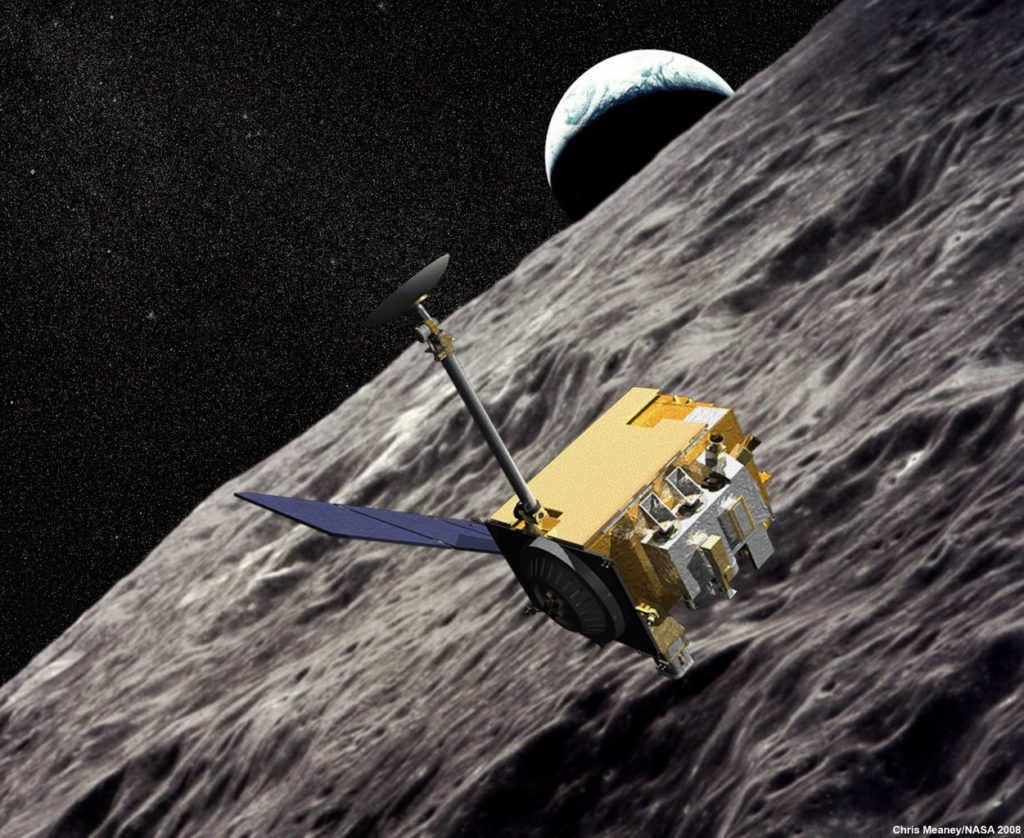
According to David Page, a professor at the University of Los Angeles and the leading expert analyzing the data collected by Diviner, the temperature readings on the Moon are the coldest among all those recorded in the entire solar system.
Scientists have put forward a hypothesis that the unlit craters might contain deposits of water ice at their bottom. In 2010, this assumption was confirmed thanks to the radar of the Indian spacecraft Chandrayaan-1. More than 40 small craters with water ice were discovered, and based on initial calculations, the total mass of water ice on the Moon’s surface is estimated to be around 0.6 trillion kilograms.
Factors influencing the temperature on the Moon
The temperature of the Moon’s surface is influenced by several key factors:
- The level of illumination on the Moon at the time of measurement.
- The tilt of the lunar axis.
- The rotational speed of the Moon around its own axis.
- Solar activity also plays a role. While the Moon lacks a magnetic field across its entire surface, certain magnetized rocks create localized “protective shields.” During a full moon, when the satellite enters the Earth’s magnetosphere tail, the Earth’s magnetosphere shields the Moon from charged gamma rays. This protection lasts for approximately 6 hours.
The cause of the significant temperature differences
The Moon’s atmosphere has an extremely low density. It is believed to consist of a small amount of water vapor, carbon dioxide, and other greenhouse gases. At night, the gas content is minimal, with only 2*10 5 particles/cm 3 . However, during the day, under the influence of the Sun, the gas content increases significantly due to ground degassing. This is the primary factor behind the temperature fluctuations on the Moon. The sparse atmosphere means that surface temperature is mainly determined by illumination. On the illuminated side, the gas envelope scatters sunlight, preventing excessive warming. Similarly, on the dark side, the Moon is shielded from extreme cold temperatures.
Currently, various countries are continuing to explore the Moon through space probes and spacecraft. Thanks to the Moon Agreement of 1979, the principle of granting equal rights to all nations for lunar exploration is in effect, allowing for independent discoveries.
The Moon is the Earth’s sole natural satellite.
The Romans referred to our satellite as the Moon (Latin: Luna). The Greeks called it Σελήνη (Greek: Selene), while the ancient Egyptians called it the Sun. As the Moon completes its orbit around the Earth in a month’s time, the angle between the Earth, Moon, and Sun varies, resulting in the observation of different lunar phases. The duration between each new moon is 29.5 days (709 hours).
Even though the Moon does spin on its axis, it constantly remains oriented towards the Earth. This occurs because the Moon completes one full rotation on its axis in the same amount of time (27.3 days) that it takes to orbit around the Earth. Because the direction of both rotations align, the opposite side of the Moon cannot be observed from Earth. However, due to the Moon’s irregular elliptical orbit around the Earth, 59% of its surface is actually visible from our planet.
The Impact of the Moon on Tidal Movements
The interaction between the Earth and the Moon’s gravitational forces leads to fascinating phenomena. One of the most well-known examples is the study of the Moon’s influence on oceanic tides [ ].
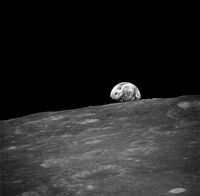
The manned lunar mission program was known as July 20, 1969, and it concluded in December 1972. Neil Armstrong, an American astronaut, became the first person to step foot on the Moon on July 21, 1969, followed by Edwin Aldrin. Michael Collins, the third crew member, remained in the spacecraft. The Moon is unique in that it is the only celestial body from which samples have been brought to Earth. The United States brought back 380 kilograms of lunar soil, while the USSR brought back 324 grams [3].
In response, the USSR sent two radio-controlled self-propelled vehicles to the Moon. Lunokhod-1 was sent in November 1970, followed by Lunokhod-2 in January 1973.
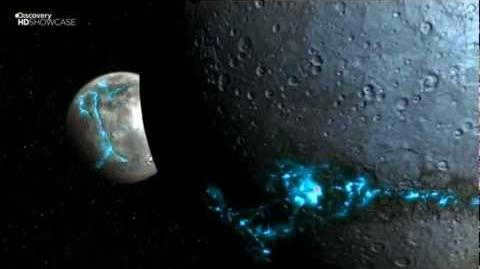
The Challenges of International Legal Issues in Lunar Exploration [ ]
Related Topics [ ]
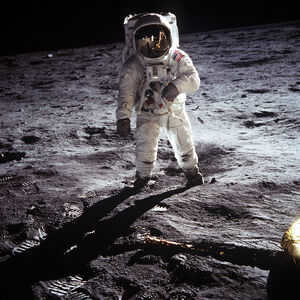
- Moon colonization
- United States Lunar Program
- Soviet Union Lunar Program
- China’s Lunar Program
- European Space Agency Lunar Program
- Lunar phases
- Moon’s tidal acceleration
References [ ]
- Virtual Moon Atlas Software (GPL)
- Informative article regarding the Moon expeditions
- What was the reason for Americans landing on the Moon
- Is it true that Americans landed on the Moon?
- Proof that Americans successfully traveled to the Moon (response to those who question the authenticity of the Moon missions).
- Moon phase / Current lunar phase
- Interactive map showcasing the Moon
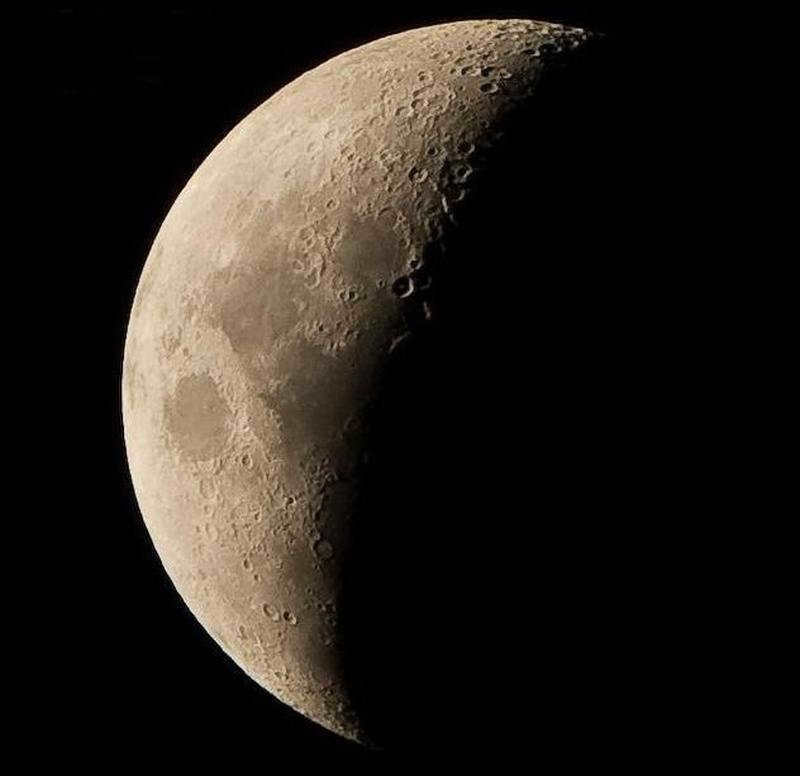
In 1609, humanity was able to observe its celestial satellite, the Moon, in detail for the first time, thanks to Galileo Galilei’s invention of the telescope. Since then, the Moon has been extensively studied and became the first celestial body that humans set foot on.
What is the Moon?
Let’s start by understanding what exactly our satellite is. The answer might surprise you: although commonly referred to as a satellite, the Moon is technically a fully-fledged planet, just like the Earth. It boasts a considerable size, spanning 3,476 kilometers at the equator, and has a mass of 7.347×10,22 kilograms. In fact, the Moon is only slightly smaller than Mercury, which holds the title of the smallest planet in the Solar System. These characteristics firmly establish the Moon as an integral part of the Moon-Earth gravitational system.
Illustration depicting the connection between the Earth and the Moon
Furthermore, the Moon is structured like a complete planet on the inside, featuring a crust, mantle, and even a core. In the distant past, it also had active volcanoes. However, the evidence of this ancient landscape has been erased over the course of the Moon’s 4.5 billion-year history. Countless meteorites and asteroids weighing millions of tons have bombarded the Moon, causing significant damage and leaving behind numerous craters. Some impacts were so powerful that they penetrated the Moon’s crust and reached its mantle. These impact craters have formed the lunar seas, which are dark areas on the Moon that can be easily seen from Earth. Interestingly, these lunar seas are only found on the visible side of the Moon. The reason behind this phenomenon will be explored in more detail.
When it comes to celestial objects, none have a greater impact on Earth than the Moon, with the exception of the Sun. The most noticeable effect of the Moon’s presence is the regular rise in ocean levels known as lunar tides. However, this is not the only way in which the Moon influences our planet. As it gradually moves away from Earth, the Moon actually slows down the rotation of the planet, resulting in our current 24-hour solar day. Additionally, the Moon acts as a natural shield, intercepting and diverting countless meteorites and asteroids as they approach Earth.
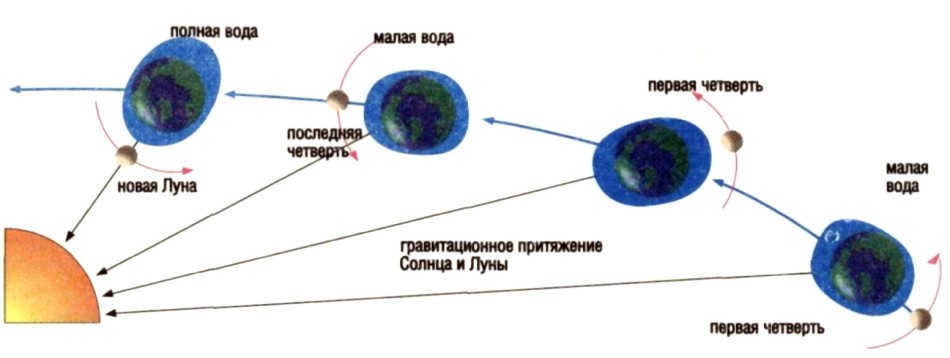
Exploring the phenomenon of tidal ebb and flow
The Moon, undoubtedly, holds a fascination for astronomers, both amateurs and professionals. Despite advances in technology that have allowed us to accurately measure the distance to the Moon and bring back soil samples, there are still unknowns waiting to be discovered. One particular area of interest is the search for lunar anomalies – strange flashes and glows that occur on the Moon’s surface, some of which remain unexplained. It seems that our celestial companion holds many secrets just beneath its visible exterior – let’s delve into the enigmas of the Moon together!
Overview of the Lunar Topography
Distinctive Features of the Moon
The scientific investigation of the Moon has a rich history spanning over 2200 years. The ancient Greeks meticulously documented the satellite’s celestial movement, lunar phases, and its proximity to Earth. Today, spacecraft continue to delve into the Moon’s internal structure and evolutionary past. The cumulative efforts of philosophers, physicists, and mathematicians have yielded highly precise information regarding the Moon’s appearance, behavior, and origins. These findings can be categorized into various interrelated aspects.
The Moon boasts a plethora of intricate characteristics and formations.
The Orbital Characteristics of the Moon
How does the Moon orbit around the Earth? If our planet was stationary, the satellite would trace an almost perfect circular path, occasionally moving slightly closer and farther away from the planet. However, since the Earth itself is in motion around the Sun, the Moon constantly has to “catch up” with the planet. Additionally, the Moon interacts with other celestial bodies besides Earth. The Sun, which is 390 times farther from the Moon than the Earth, exerts a gravitational pull that is 333 thousand times stronger than that of Earth, despite the inverse square law. This means that the Sun’s attraction on the Moon is 2.2 times greater than that of Earth!
Lunar oscillations observed in April 2007. Animated.
As a result, the trajectory of our satellite takes on the form of a spiral, rather than a simple one. The lunar orbit axis fluctuates, causing the Moon to periodically approach and move away from the Earth, ultimately drifting away on a global scale. These fluctuations also result in the visible side of the Moon not being a fixed hemisphere, but rather different portions of it that are sequentially facing the Earth due to the satellite’s “rocking” in orbit. These movements of the Moon in terms of longitude and latitude are known as libration, and they enable us to catch a glimpse of the far side of our satellite long before the first spacecraft orbit. The Moon rotates by 7.5 degrees from east to west and 6.5 degrees from north to south. Hence, it is possible to observe both poles of the Moon easily from Earth.
- The Moon’s path around the Earth is not a perfect circle, but rather an ellipse. Its eccentricity, which measures the deviation from a perfect circle, is approximately 0.049. Due to the variations in its orbit, the Moon’s closest distance to Earth (known as perigee) is about 362 thousand kilometers, while its farthest distance (known as apogee) is about 405 thousand kilometers.
- The Earth and the Moon have a common center of mass, which is located approximately 4.5 thousand kilometers away from the center of the Earth.
- The sideric month, which represents the time it takes for the Moon to complete one full revolution around its orbit, is approximately 27.3 days. However, it takes an additional 2.2 days for the Moon to complete a full revolution around the Earth and go through all of its lunar phases. This is because, during the time it takes for the Moon to orbit the Earth, the Earth itself has traveled about one-thirteenth of its own orbit around the Sun!
- The Moon is under the gravitational pull of the Earth – it spins on its axis at the exact same rate as it orbits around the Earth. As a result, the Moon always presents the same face towards the Earth. This phenomenon is common among satellites that are in close proximity to their host planet.
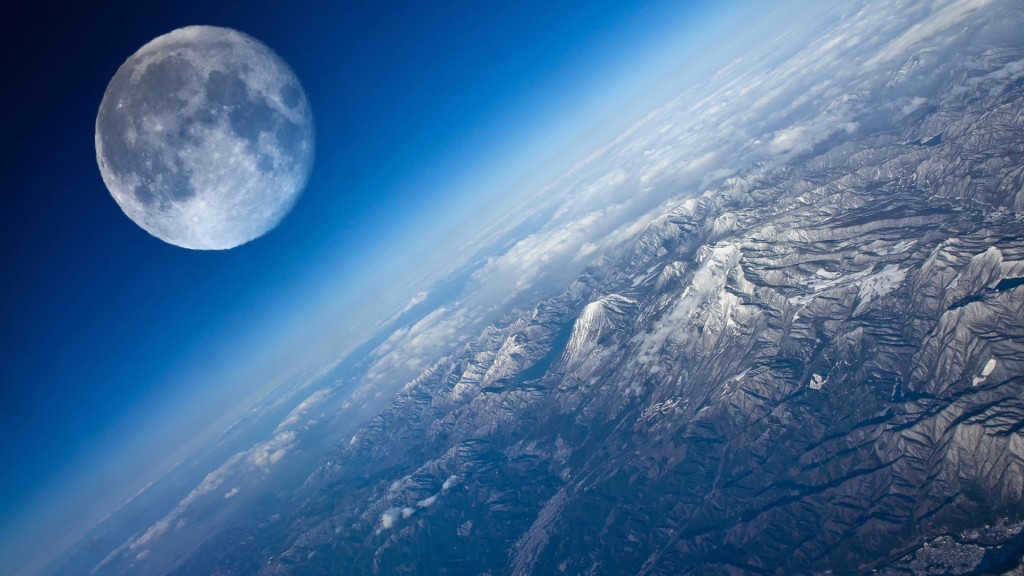

The Moon as observed from the higher layers of the Earth’s atmosphere. The image of the Moon is optically amplified.
- Night and day durations on the Moon are exceptionally long, lasting for half of a typical Earth month.
- The alterations in the Moon’s brightness, which can be seen from the Earth, are known as its phases. The satellite is not visible in the sky during the new moon phase, while a thin crescent resembling the letter “P” appears during the young moon phase. The first quarter of the Moon is illuminated exactly half, and the full moon phase is the most noticeable. The subsequent phases, the second quarter and the old moon, occur in reverse sequence.
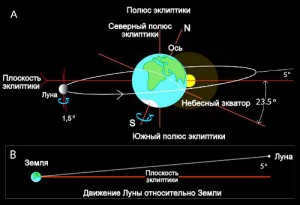

Detailed orbit of the Moon in relation to Earth
Fascinating fact: due to the shorter lunar month compared to the calendar month, there are instances where two full moons occur in a single month – the second one is referred to as a “blue moon.” It shines just as brightly as a typical full moon, illuminating the Earth at a level of 0.25 lux (for reference, normal indoor lighting is around 50 lux). The Earth, on the other hand, reflects light onto the Moon 64 times more intensely, equivalent to 16 lux. Of course, this light is not its own, but rather sunlight that is reflected.
- The Moon orbits the Earth at a velocity of 1.02 km/s, which is significantly slower than the Earth’s speed of 29.7 km/s as it revolves around the Sun. The Helios-B solar probe holds the record for the highest spacecraft speed ever achieved, reaching a remarkable 66 kilometers per second.
Characteristics and Composition of the Moon
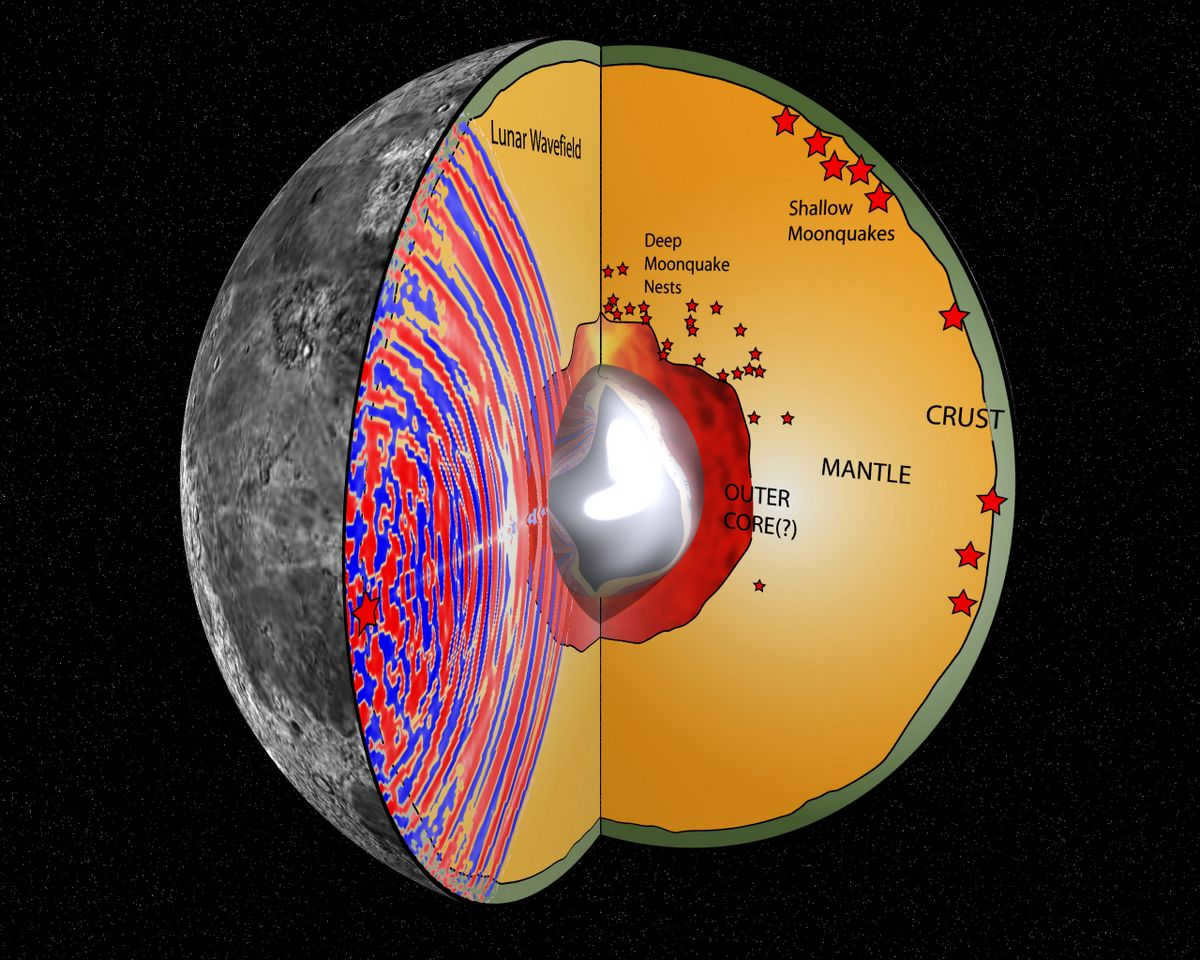
From within, the Moon is just as intricate as the Earth.
It took a considerable amount of time for humanity to comprehend the immense size and composition of the Moon. It wasn’t until 1753 when scientist R. Boskovich was able to confirm that the Moon lacks a substantial atmosphere and liquid seas, as stars instantly vanish when the Moon is covered. If there were a gas shell, the fading of the stars would have been observable. It took an additional 200 years for the Soviet spacecraft “Luna-13” to measure the mechanical properties of the Moon’s surface in 1966. Furthermore, the far side of the Moon remained unknown until 1959, when the Luna-3 spacecraft captured its initial images.
The Apollo 11 crew successfully transported the initial samples to the lunar surface in 1969. They also achieved the historic feat of being the first humans to set foot on the moon. Prior to 1972, a total of six spacecrafts had successfully landed on the moon, with twelve astronauts having completed lunar landings. Despite the achievements of these missions, doubts surrounding their legitimacy arose, largely stemming from critics’ lack of knowledge about the complexities of space exploration. A common misconception perpetuated by conspiracy theorists is that the American flag could not possibly flutter in the airless environment of the moon. However, in reality, the flag was intentionally reinforced with solid strings to maintain a static and visually striking appearance. This deliberate reinforcement was done with the intent of capturing stunning photographs, as a flag that appeared saggy would not have been as visually impactful.
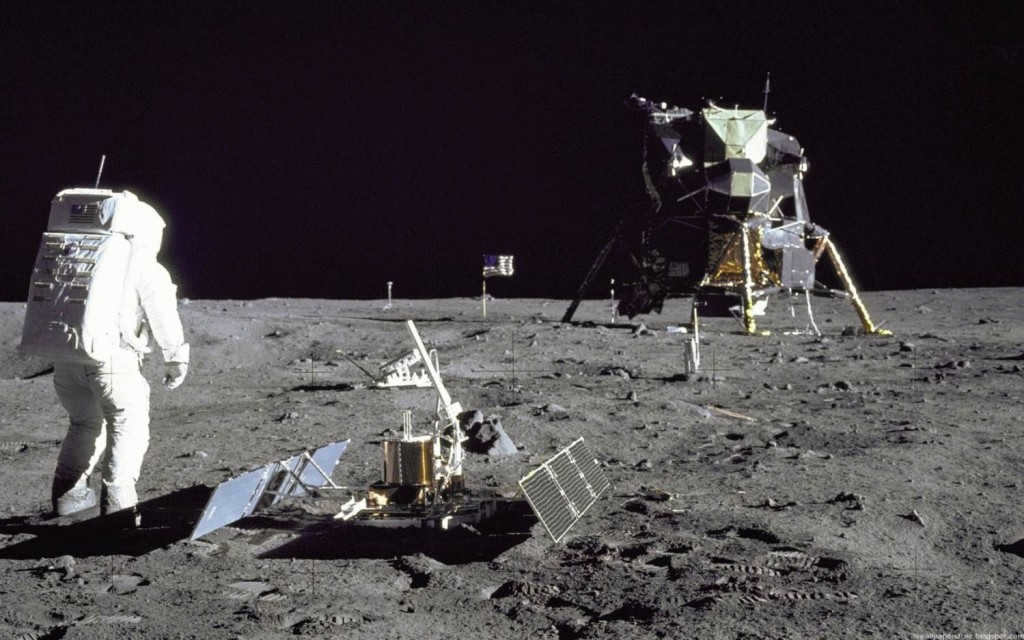

There were various alterations in the hues and topographical features reflected on the spacemen’s helmet visors, which were caused by the gold coating on the glass that shields against UV radiation. The genuineness of the events was also attested by Soviet cosmonauts who observed the astronauts’ touchdown live. And it is highly unlikely that an authority in their domain can be deceived.
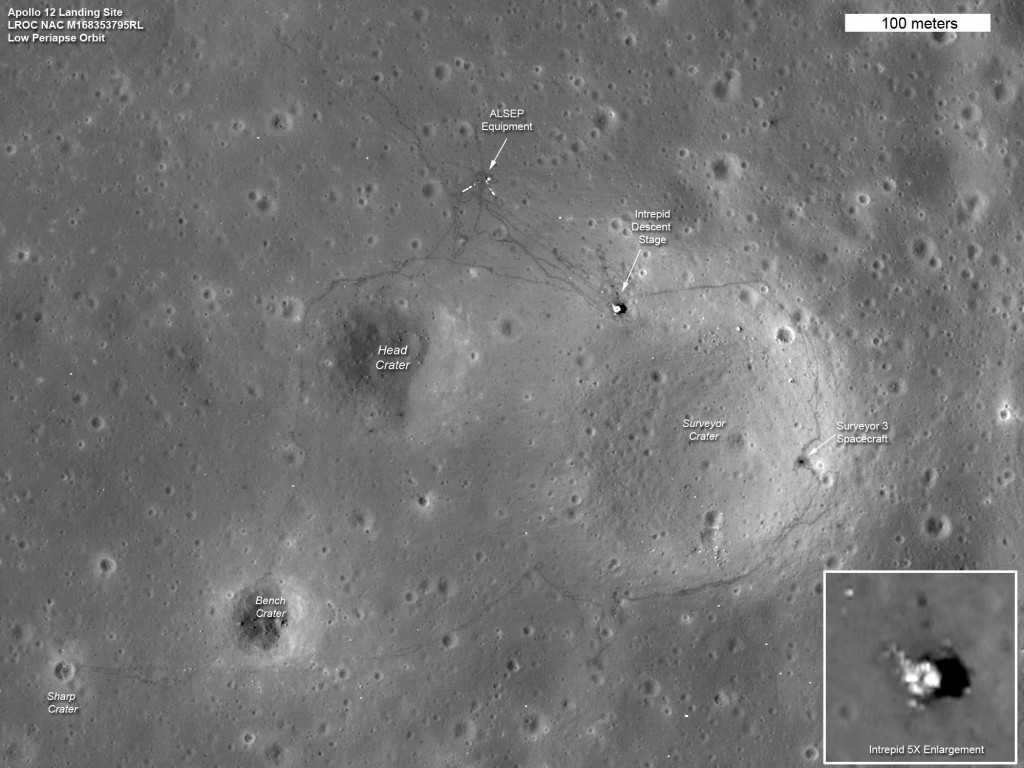
Apollo 12 landing site, captured by LRO. View full size.
As new nations like China and private companies join the exploration of the Moon, fresh data is being received on a daily basis. We have gathered the fundamental characteristics of our satellite:
- The Moon covers an area of 37.9×10 6 square kilometers – approximately 0.07% of Earth’s total surface area. Remarkably, this is just 20% bigger than the combined area of all inhabited regions on our planet!
- The Moon has an average density of 3.4 g/cm3, which is 40% less dense than the Earth. This is mainly due to the absence of heavy elements like iron, which are abundant on our planet. Additionally, about 2% of the Moon’s mass is made up of regolith, a fine crumb of rock formed by cosmic erosion and meteorite impacts. Regolith has a lower density than ordinary rock, and in certain areas, it can be several meters thick!
- It is common knowledge that the Moon has a significantly smaller size compared to the Earth, resulting in a different gravitational force. The rate of free fall on the Moon is measured at 1.63 m/s 2, which is only about 16.5 percent of the total gravitational force experienced on Earth. Despite the astronauts wearing spacesuits that weighed approximately 35.4 kilograms, similar to the weight of a knight’s armor, their jumps on the Moon were remarkably high. However, they still had to exercise caution as falling in a vacuum environment posed considerable risks. Feel free to watch the video below showcasing an astronaut’s jump during a live broadcast.
- Lunar seas encompass approximately 17% of the complete lunar surface – predominantly on its visible side, which is nearly 1/3 covered by these features. These are the result of high-impact meteorites that have forcefully disrupted the lunar crust. In these regions, only a thin layer of solidified lava known as basalt, measuring around half a kilometer in thickness, separates the surface from the Moon’s mantle. Due to the gradual increase in solid materials towards the center of any large celestial body, the lunar seas contain a higher concentration of metals than other areas of the Moon.
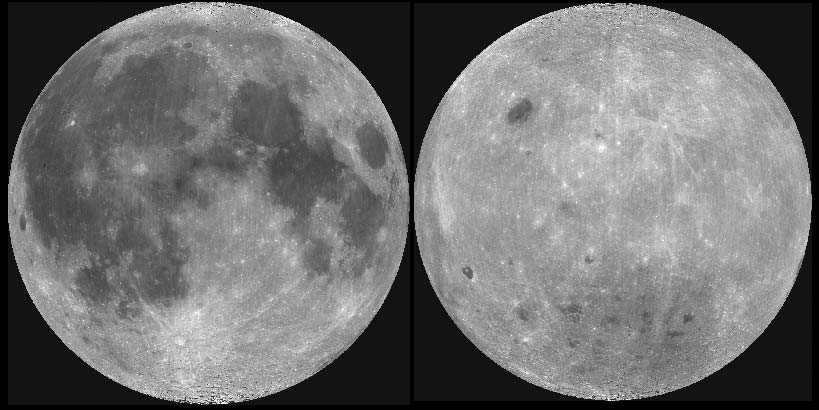
- Besides craters, mountains, and seas, there exist caves and fissures on the Moon, which serve as witnesses to a time when the Moon’s interior was as hot as Earth’s and volcanoes were active. These caves often contain water ice, just like the craters at the poles. Due to this, they are often considered as potential sites for future lunar bases.
- The Moon’s true surface color is actually very dark, almost black. However, there are various colors present on the Moon, ranging from turquoise blue to almost orange. The light gray shade that we see from Earth and in images is a result of the Moon being highly illuminated by the Sun. Due to its dark color, the Moon’s surface only reflects 12% of the sunlight it receives. If the Moon were brighter, it would be as bright as daylight during full moons.
What is the origin of the Moon?
The formation of the Moon is a complex subject that poses numerous challenges for scientists. The Moon’s unique conditions, such as its exposure to cosmic rays and lack of heat-trapping mechanisms, make it a difficult celestial body to study. Its surface experiences extreme temperature fluctuations, reaching up to 105° C during the day and dropping to -150° C at night. These bi-weekly cycles further contribute to the alteration of the Moon’s minerals over time, rendering them unrecognizable. Despite these difficulties, scientists have managed to uncover some key details about the Moon’s origin.
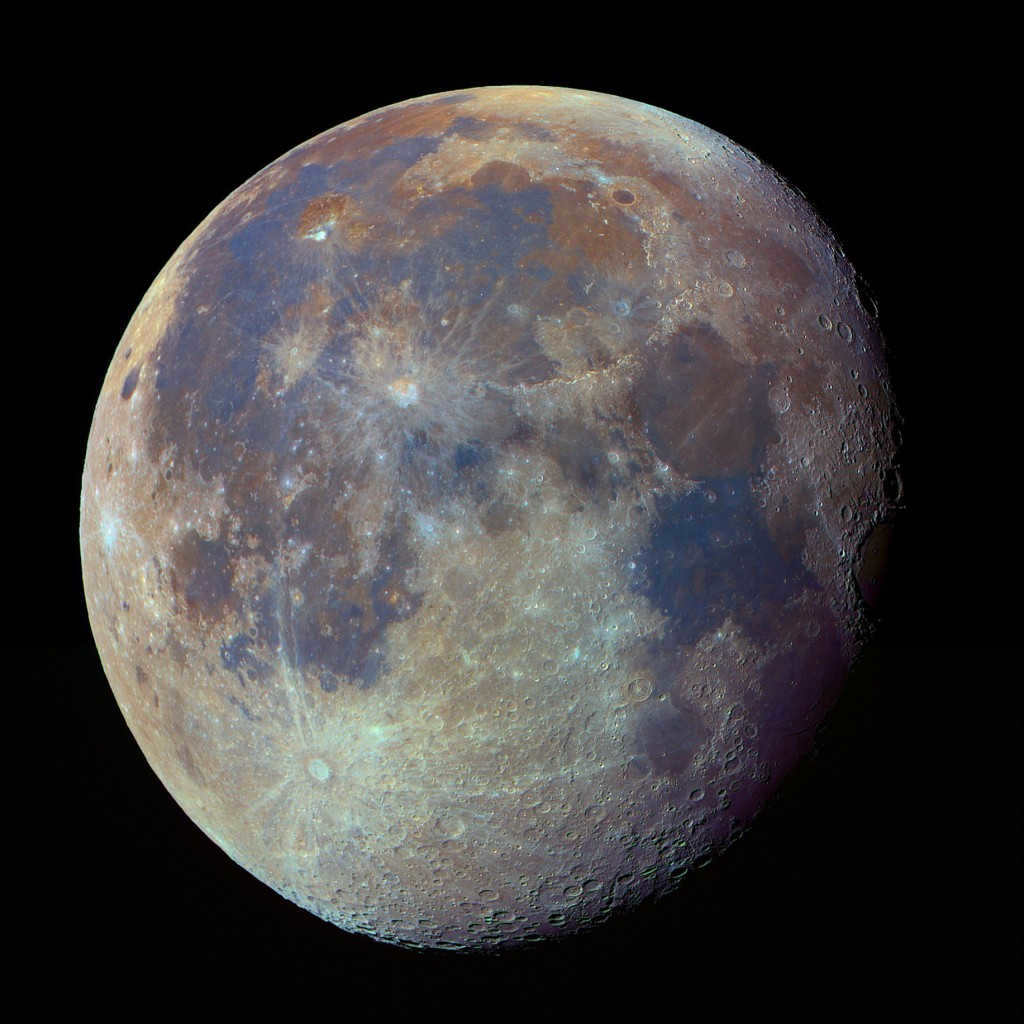
The Moon’s actual hues (with increased saturation)
The Moon is presently hypothesized to have resulted from a collision between a substantial embryonic planet, Theia, and Earth that transpired billions of years ago, at a time when our planet was entirely liquefied. A portion of the planet that impacted us (and it was the size of Mars) was assimilated – but its core, together with a fraction of the Earth’s surface material, was propelled by momentum into orbit, where it remained in the form of the Moon.
As mentioned earlier, the lack of iron and other metals on the Moon can be attributed to the fact that when Teia extracted a piece of Earth’s matter, most of the heavy elements of our planet were pulled towards the core due to gravity. This event had a significant impact on the Earth’s subsequent evolution – it started spinning at a faster rate and its axis of rotation became tilted, which in turn made the occurrence of seasons possible.
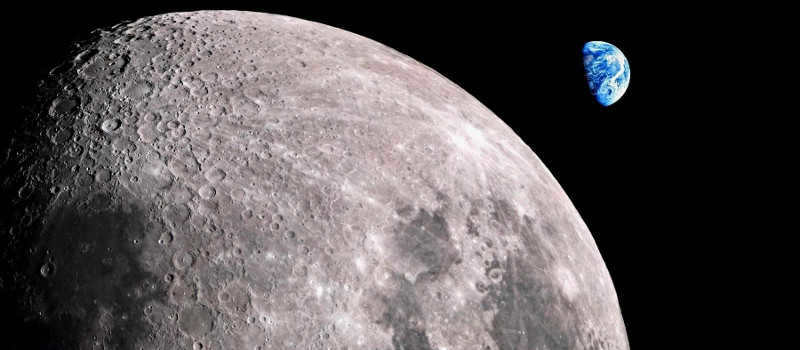
The primary chemical elements present on the Moon include silicon, aluminum, calcium, and magnesium. These elements are found in minerals that are similar to those found on Earth. However, the primary distinction between the Moon’s minerals and Earth’s is the absence of water and oxygen produced by living organisms, as well as a higher concentration of meteoritic impurities and traces of exposure to cosmic radiation. Unlike the Moon, Earth has an ozone layer that was formed a considerable amount of time ago, and its atmosphere burns off a significant portion of the mass of falling meteorites. This allows for the slow but steady transformation of our planet’s appearance through the introduction of water and gases.
The Future of the Moon
The Moon, being the first celestial body after Mars, has emerged as the primary target for human colonization. In a way, the Moon has already undergone development – the USSR and the USA have left their marks on the satellite, with state symbols and orbiting radio telescopes discreetly positioned on the Moon’s far side, shielded from the Earth’s interference in the airwaves. However, what lies ahead for our lunar companion?
The key phenomenon, which has been repeatedly mentioned in the preceding paragraphs, is the Moon’s gradual retreat caused by tidal acceleration. This process unfolds at a relatively slow pace – the Moon recedes by no more than 0.5 centimeters per year. Yet, the crux of the matter lies elsewhere. As the Moon distances itself from the Earth, its rotation gradually slows down. Eventually, a time may come when a day on Earth will match the duration of a lunar month – approximately 29-30 days.
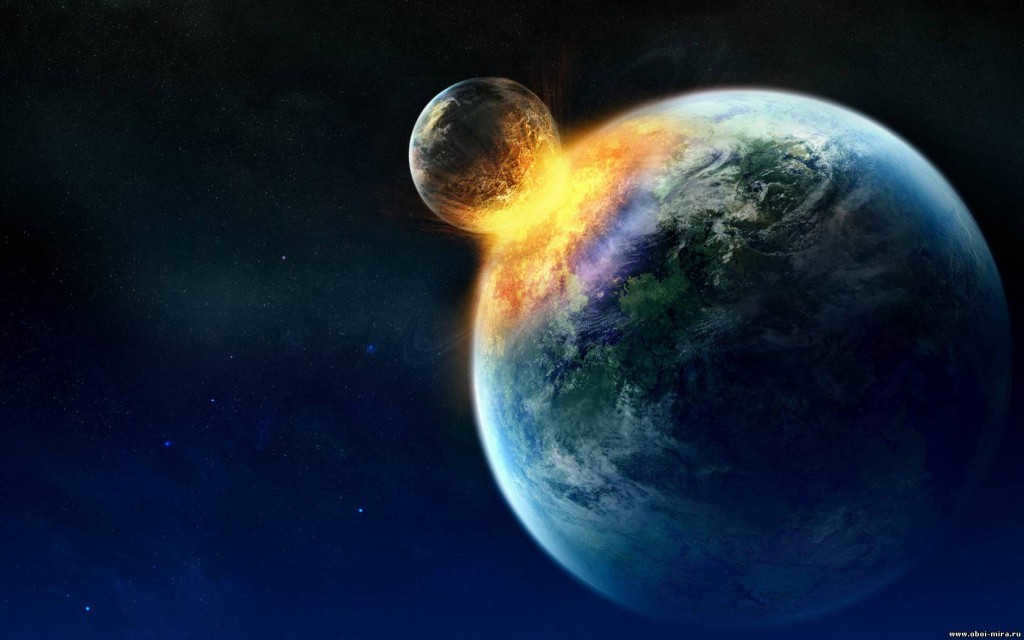

An interpretation of the Moon and Earth colliding as imagined by the artist
Nevertheless, there is a limit to the removal of the Moon. Once this limit is reached, the Moon will start moving towards the Earth, at a much faster rate than it has been moving away. However, a complete collision between the Moon and the Earth will not occur. Roughly 12-20 thousand kilometers from the Earth, the Moon’s gravitational limit known as Rosh begins, where any satellite of a planet can maintain its solid form. As a result, the approaching Moon will be torn apart into countless small fragments. Some of these fragments will plummet to Earth, causing a bombardment that is thousands of times more powerful than a nuclear explosion, while the rest will form a ring around the planet similar to Saturn’s rings. However, this ring will not be as bright since the rings of gas giants are made up of ice, which is much brighter than the Moon’s dark rocks. Therefore, the ring may not always be visible in the sky. The future astronomers will face a challenge with Earth’s ring, assuming that there are still people on the planet at that time.
However, these events are scheduled to occur billions of years in the future. In the meantime, humanity views the Moon as a prime candidate for potential space colonization. But what exactly does “lunar exploration” entail? Let us now examine the immediate prospects together.
Many individuals envision space colonization to be similar to the New Age colonization of Earth – discovering valuable resources, extracting them, and then bringing them back to our home planet. However, this approach is not feasible in space. In the next few hundred years, the cost of delivering a kilogram of gold from even the nearest asteroid will exceed the cost of extracting it from the most treacherous and perilous mines. Additionally, the Moon is unlikely to function as a “recreation area” for Earth in the near future. While there may be substantial deposits of valuable resources, cultivating food there will prove to be a challenging task.
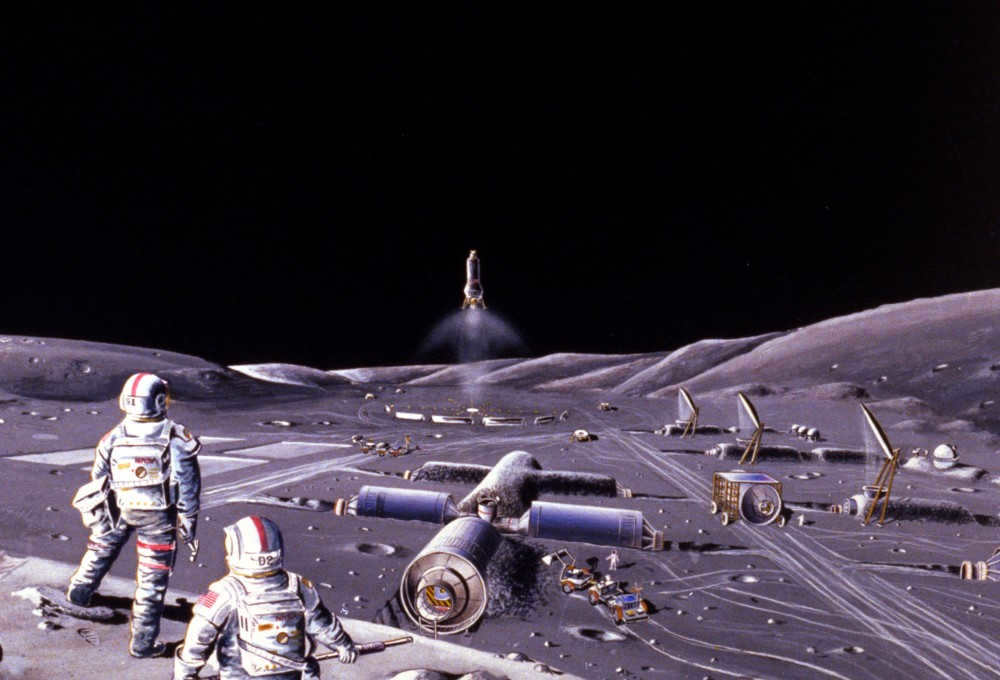

An artist’s depiction of a lunar base
However, our celestial companion could serve as a potential launching point for further space exploration, such as to Mars. Currently, the primary obstacle in space exploration is the weight restrictions imposed on spacecraft. The need to overcome not only the Earth’s gravitational pull but also the atmosphere necessitates the construction of massive structures that require significant amounts of fuel. In the case of interplanetary missions, the spacecraft also needs to be refueled. This poses a significant challenge for designers, as they must prioritize efficiency over functionality.
The Moon offers a far superior platform for launching spacecraft. The absence of an atmosphere and the lower gravity compared to Earth (2.38 km/s vs. 11.2 km/s) greatly facilitate launches. Additionally, the Moon’s mineral deposits enable significant fuel savings, as fuel is a burdensome component in space travel that contributes to a substantial portion of a vehicle’s mass. By establishing rocket fuel production on the Moon, it becomes feasible to launch large and intricate spacecraft constructed from components transported from Earth. Moreover, assembling these spacecraft on the Moon is considerably easier and more reliable than doing so in Earth’s orbit.
A project involving a habitat module on the Moon is showcased in its entirety.
Current technologies enable, to some extent if not completely, the realization of this project. However, any progress in this direction entails risks. The investment of vast amounts of money would necessitate the research for the required resources, as well as the development, transportation, and testing of the modules for future lunar bases. Moreover, the estimated cost of launching just the initial components alone could potentially bankrupt an entire superpower!
Therefore, the colonization of the Moon is not solely a matter for scientists and engineers to work on together, but rather a matter for the people of the world to come together and achieve such invaluable unity. Because it is in the unity of humanity that the true strength of the Earth lies.
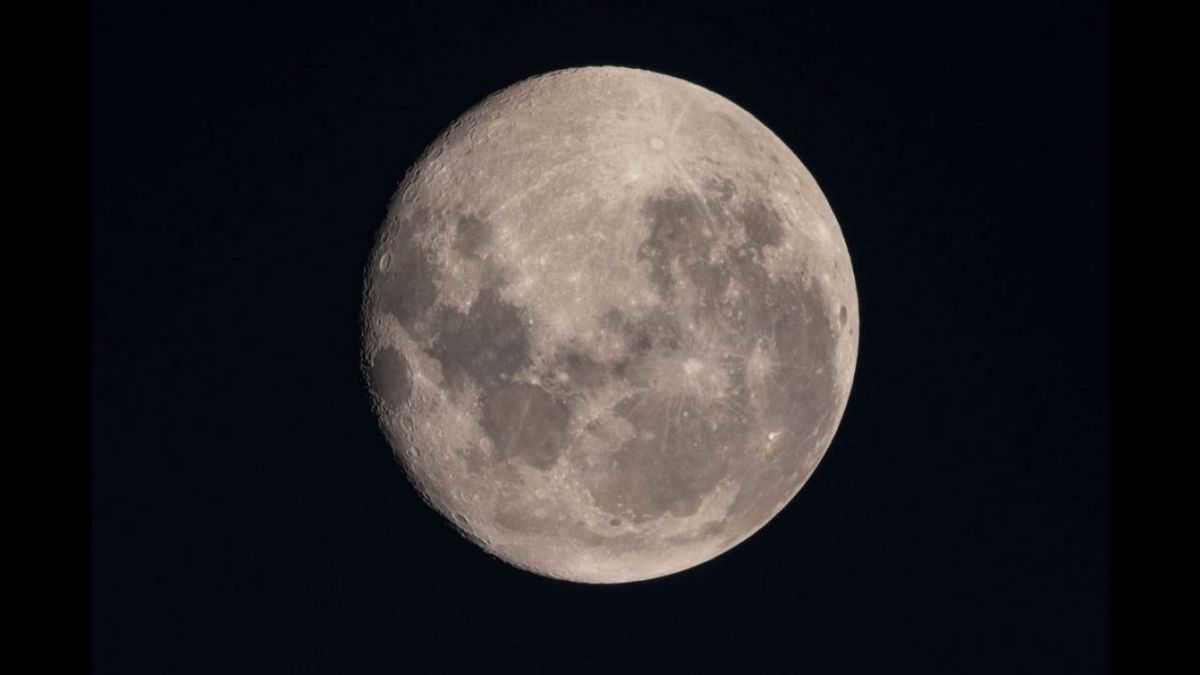

The Moon, which is the closest celestial neighbor to Earth, exhibits a vastly different temperature profile compared to our planet.
NASA reports that the temperature on the Moon can peak at 250 degrees Fahrenheit (120 degrees Celsius or 400 K) during a lunar day at the equator. Research published in August 2019 in the Journal of Geophysical Research reveals that a lunar day lasts approximately two weeks, as it takes the Moon about 27.3 days to complete one 24-hour day.
During a lunar night, which also spans around two weeks, the temperature on the Moon plummets to -208 degrees Fahrenheit (-130 degrees Celsius or 140 K). In certain regions near the Moon’s poles, the temperature can decrease even further, reaching as low as -424 degrees Fahrenheit (-253 degrees Celsius or 20 K).
Exploring the Lunar North Pole
An interesting factor contributing to these remarkable variations is the absence of an atmosphere on the Moon, which prevents the trapping of heat. Additionally, the lack of a protective gaseous layer results in the preservation of craters and the lunar surface, unlike on Earth where erosion occurs. Consequently, perpetual pockets of darkness are found near the North Pole of the Moon, where temperatures reach their lowest.
Related articles:
The Lunar Reconnaissance Orbiter (LRO) by NASA has provided the most accurate data regarding the temperature of the moon. Launched in 2009, one of the instruments on board, the Diviner Lunar Radiometer, has played a vital role in enhancing our understanding of the lunar climate.
Having knowledge of the temperature of specific locations on the moon offers several benefits. For instance, astronomers aiming to gain a deeper understanding of the moon’s topography can gain valuable insights into the distribution of rocks across different regions by analyzing the temperature. This is due to the fact that lunar rocks retain heat for a longer duration compared to lunar soil or regolith, allowing scientists to identify areas with a higher concentration of rocks. This analysis takes into account factors such as latitude and altitude that impact lunar temperature.
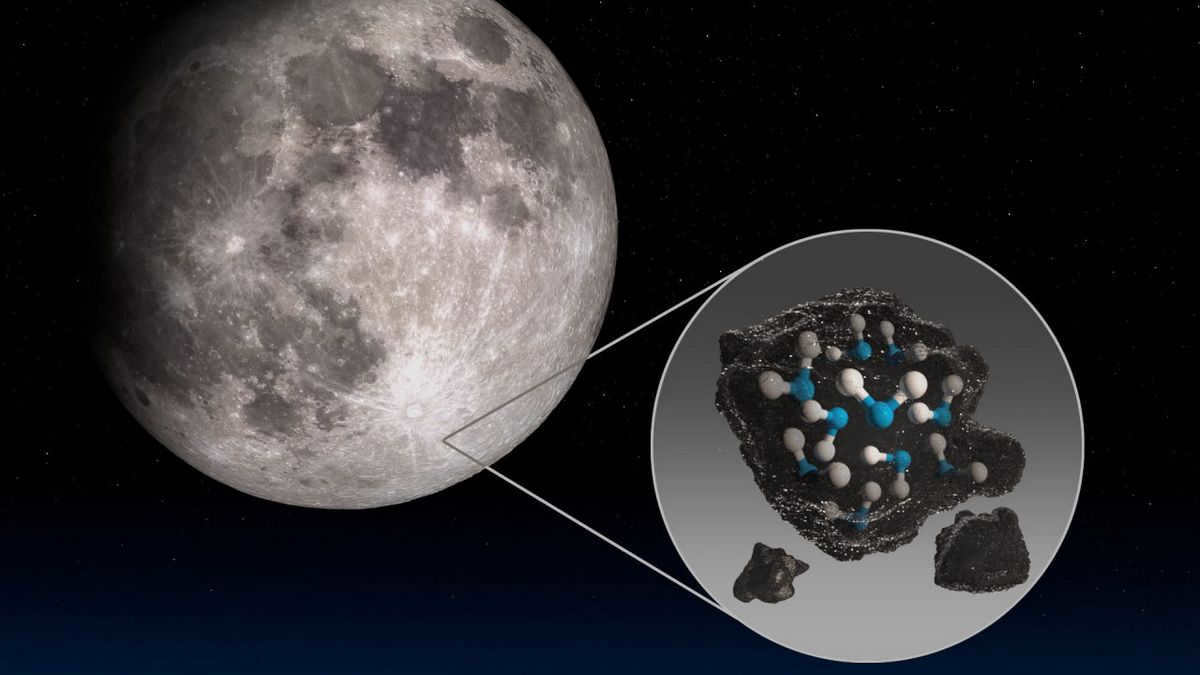
The temperature on the Moon is a subject of great interest to scientists due to several factors. One such factor is the Moon’s unique topography at the poles, which is filled with craters and crevices that create permanently shaded areas. This is significant because the Moon’s axis is positioned in a way that sunlight barely reaches these areas, resulting in extremely low temperatures.
Another reason why the Moon’s temperature is of particular importance is the Artemis program, which aims to reactivate crewed missions to the Moon. Understanding the temperature conditions on the Moon is crucial for the success of these missions and the safety of the astronauts involved.
Earth and Moon
Areas that are permanently in shadow often have temperatures that are so low that they can retain water ice. Scientists have also observed that the temperatures at the poles are extremely cold, causing the water to remain frozen for billions of years. Even over such long periods of time, the ice undergoes very little sublimation, which is the process by which water transitions from ice to vapor without first melting.
The authors of the study state that there is still much to be learned about the lunar environment, and it will take several more years of research to obtain a comprehensive understanding of lunar temperatures.
Nevertheless, the Lunar Reconnaissance Orbiter (LRO) has already collected over a decade’s worth of data, providing researchers with a solid foundation for comprehending the temperature patterns of the Moon.





